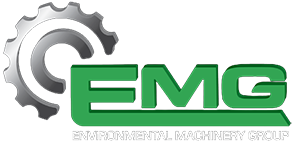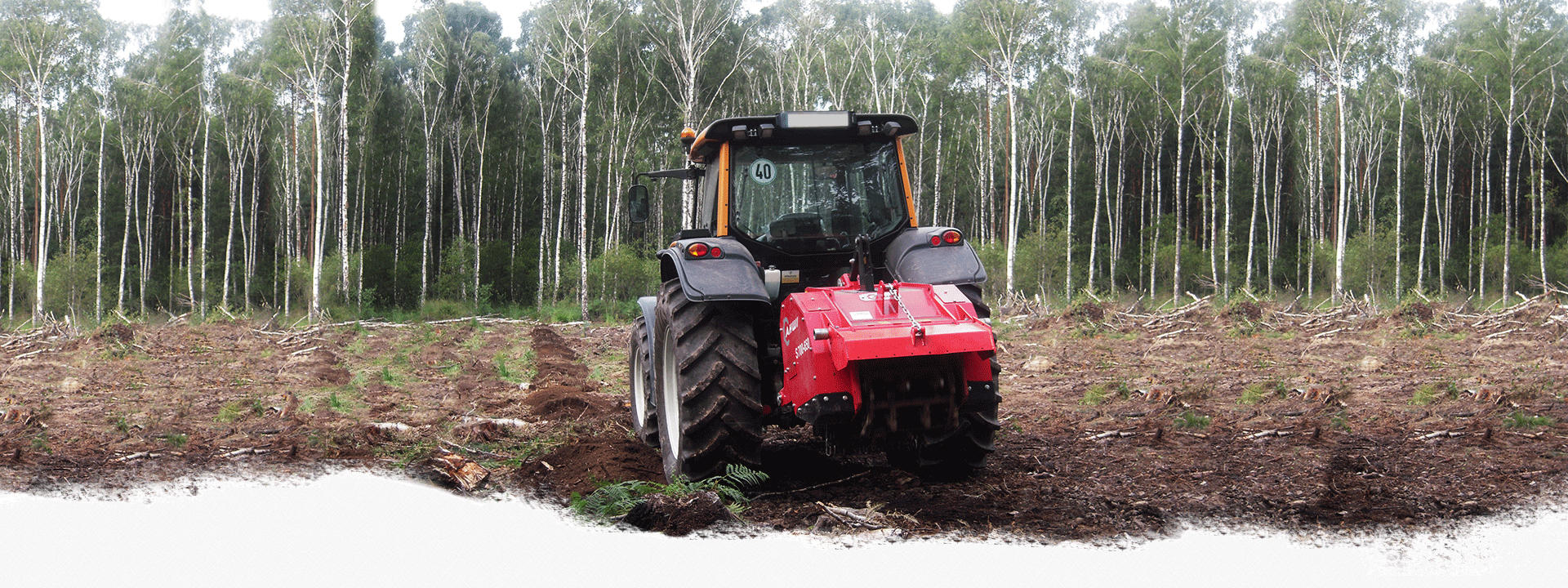S700-650
A stump and strip grinder for carrier vehicles of the power category 100-240 HP.
The S700-650 is available in the default working width of 650 mm (25.6 in) as two basic versions. One is a strip cutter for tractor mounting and the other a stump grinder attachment for the RT200. The strip cutter can be specified using a variety of possible options so that it can also be used as a stump grinder attached to a tractor.
Technical Data
| Power range in HP | 100-240 |
| Working width | 650 mm (25.6 in) |
| Weight | 1670 kg (3682 lbs) |
| Rotor effective diameter | 700 mm (27.6 in) |
| Tools | 16x HDT |
| 3-point hitch | CAT II & III |
Your advantages at a glance

Shredding Quality
Highest quality of the mulched materials.

Service Life
Long service life of the machinery and drive shaft thanks to oversized dimensions and the patented synchronization control.
Application Areas
Infrastructure measures
Infrastructure measures are any measures that are used to build and maintain infrastructures. Among other things, those include complete or selective clearing or land management in preparation for infrastructure construction work.
Furthermore, it also includes infrastructure maintenance and clearing around existing installations. That includes street and road construction and the expansion of rail networks or airports.
Reclamation
Re-cultivation is the exploitation of land for economic purposes, such as plantations or agriculture. Soil preparation is a common feature of this process.
In many cases, re-cultivation is closely related with the clearance of large areas or forest clearance and also the shredding of stumps and root material. This can either involve secondary vegetation or trees. A mulcher is used to process vegetation on the surface. A rotovator is then used to deal with any remaining vegetation or stumps which are still in the ground, which are then combined with the mulched material and mixed into the soil.
Land clearing
The phrase “land clearing” involves a range of different applications and terms. In many cases, site clearance refers to secondary vegetation and for construction clearance. This may involve forest clearance for areas intended for use such as wind farms, parks, road construction or golf courses.
It may also include applications such as the removal of windblown timber or burnt areas, preparation work for surface mining and of equal importance, amenity areas. Site clearance can also be considered in plantations, arboretums, horticulture and landscaping.
When clearing large areas, no selective mulching takes place, as large areas or parcels with a range of different types of vegetation are processed by the mulcher. In many areas of the world, other methods are used for the same purpose, such as slash and burn, chaining or simply bulldozing the area. When these methods are used, vegetation is uprooted by bulldozers or stretched chains, and then burned or buried. In contrast to these methods, mulching is the process with the lowest degree of intervention in the ecosystem. Whether mulchers or rotorvator are used, the shredded biomass remains and greatly improves the fertility of the soil.
Plantation agriculture
The plantation industry involves a variety of applications. These range from forestry plantations with eucalyptus, pines and similar, to Christmas tree stands and short rotation plantations, oil palm plantations and fruit plantations such as pineapple, bananas, apples, etc.
The use of mulch technology in plantation agriculture may involve mulching all of the vegetation or just the harvest remains and root stocks. Among other things, this involves plant preparation for the next crop.
The soil is also often processed with a rotovator after mulching to also remove the tree stumps and roots in the ground. Cultivated and fertile soil performs better for new seed planting. Root stocks and harvest residues are often extremely obstructive when using machines for maintenance and harvesting. A particular feature in this area is that there are no significant alternatives to our technology for an environmentally and economically sustainable plantation industry.
Stump grinding
This often refers to stump milling, tree stump shredding or root stock recycling. This may involve rootstock processing with a stump grinder on site and leaving the ground material behind.
A second option is to process the stumps in the ground with a rotovator. Another method is to mulch or shred tree stumps or root balls on the surface that have been excavated in a previous process e.g., Using excavators, bulldozers or track loaders.

